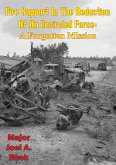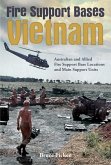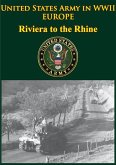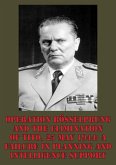This study is an historical analysis of the procedures and doctrine used by the III Corps Artillery during the First U.S. Army's crossing of the Rhine River at Remagen, Germany. This study examines the actions of III Corps Artillery in the employment, organization for combat, and command and control of artillery units at Remagen. The fire support procedures employed by the field artillery are compared with those prescribed by published doctrine and unit standing operating procedures. This comparison is used to evaluate the adequacy of doctrine and the need for standing operating procedures to supplement the published doctrine. The development of standing operating procedures from lessons learned during earlier combat is examined to show how the doctrine allowed flexibility and standardization that was evident throughout the army. This standardization continues to serve as a model for fire support operations in today's emerging combined arms doctrine.The study concludes with lessons learned: (1) Centralized command and control of field artillery should be under the headquarters that is best organized to control a large number or units, (2) doctrine and standing operating procedures are useless unless leaders develop and execute plans that are in accordance with the principles established and practiced, (3) the tendency to establish standing operating procedures that violate or contradict doctrine should be avoided, (4) a need for more liaison officers was evident at Remagen as well as through the war and continues to exist today even with improved technology, (5) the redundancy of tasks outlined in doctrine provides the flexibility needed to accomplish the fire support mission during a fast moving battle, and (6) field artillery units should practice several tactical missions and not just the standard mission associated with peace time organizations.
Dieser Download kann aus rechtlichen Gründen nur mit Rechnungsadresse in A, B, BG, CY, CZ, D, DK, EW, E, FIN, F, GR, HR, H, IRL, I, LT, L, LR, M, NL, PL, P, R, S, SLO, SK ausgeliefert werden.









